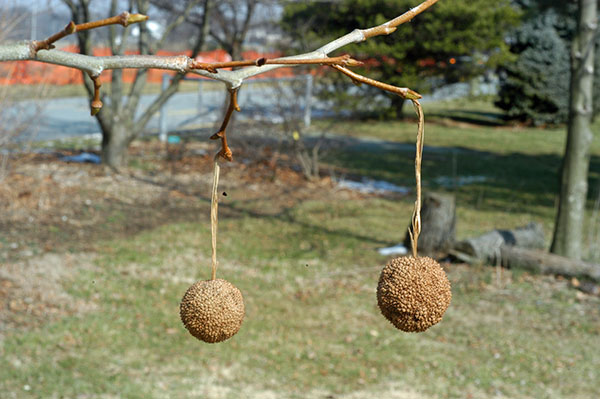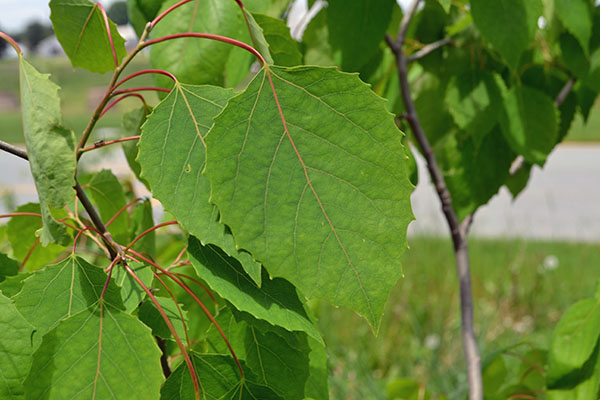Platycladus orientalis
Oriental Arborvitae
China, Japan, Korea.
Large shrub or small tree, conical to columnar in youth, becoming open with age. Plants are typically multistemmed, which leads to potential ice and snow damage. Distinctly different from the eastern arborvitae due to its flat sprays of foliage that lie in a vertical orientation.
Full sun, adaptable to a wide variety of soils except saturated wet soils. Is quite heat tolerant. Protect from winter winds to maintain foliage color in the winter months.
Traditionally used as a screening or hedging plant, or as a token conifer in a residential landscape. Works well in group plantings, if there is sufficient space.
Leaves are tightly appressed to the stem and uniformly green on both surfaces. The foliage is the smallest of the arborvitae, approximately 1.5 inches. Emits a resinous odor when bruised or crushed.
No obvious buds.
Thin, red-brown, exfoliating in fibers.
Not significant.
Cone is ovate-oblong, about .5 inch long, with a distinct recurved, hornlike projection on the apex of the scales. This distinguishes oriental arborvitae from most other arborvitae. Cones typically have 6 scales.
Seed, cuttings.
'Semperaure' is an ovate form to 10 feet with yellow foliage.






